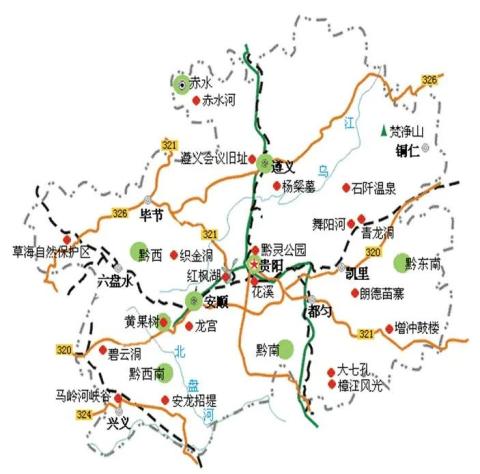
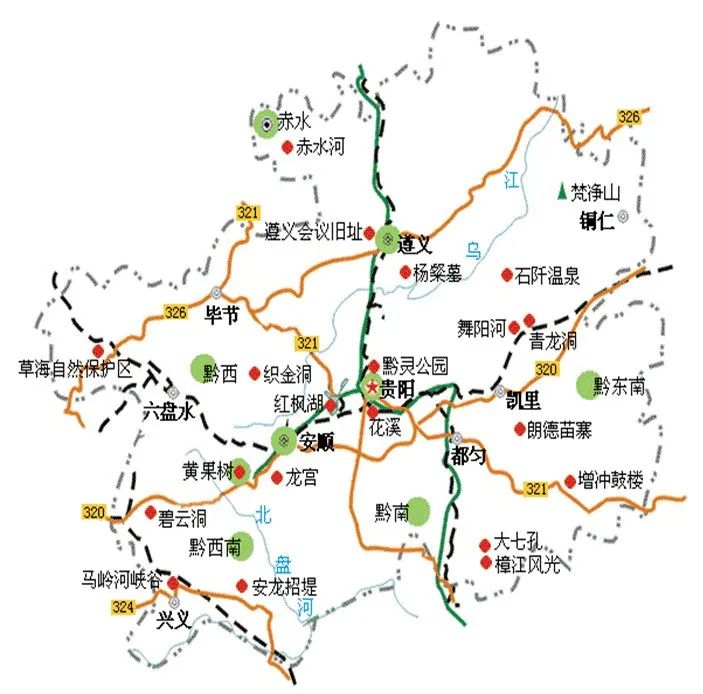
This article mainly writes about two Miao villages, the first is the famous Xijiang Qianhu Miao Village, and the second is Delang Shangzhai which I had never heard of before coming here. In the Xijiang Miao Village, I came in in a panic, and then rolled away in embarrassment, waving my sleeves, without leaving any photos; in the Delang Shangzhai Village, because there were few people, I was able to walk around the entire village quietly, and it felt like Not bad.

Speaking of Xijiang Qianhu Miao Village, it’s really hard to describe in one word......
First, reaching the destination was much harder than expected. A few kilometers away from the scenic spot, I was told that all passengers in the car except the driver had to get off the bus and had to go through a separate channel to have their temperatures taken. I doubt whether this procedure really prevents people with high body temperatures from preventing the epidemic, or it is just a formality procedure that wastes people and money. When you walk to the back, you will find that this scenic spot has a large number of people standing on the roadside to take their body temperature in a formal way, but there are no management personnel anywhere where someone is really needed to maintain order. A large number of tourists crowded in the waiting area in confusion, and people who didn't like to queue were in a mess. I'm afraid every one of us has experienced that situation... All private cars were required to park a few kilometers away from the west gate. There is a temporary parking lot kilometers away. From here, take shuttle bus 1 to the west gate of the scenic spot. After arriving at the west gate of the scenic spot, because the west gate is still far away from the Miao Village, you still need to take the shuttle bus 2. The shuttle bus 2 can take you to a place called the "Observation Deck" in the village. If your inn is at the bottom of the mountain, then you will continue to take the battery car (let’s call it shuttle bus 3), which will take you from the “observation deck” to the “First Wind and Rain Bridge” at the bottom of the mountain. Basic process: Get off the bus and have your temperature taken – temporary parking lot – shuttle bus 1 – entrance ticket check – shuttle bus 2 – shuttle bus 3 . Every time I change trains, I have to get off the bus and drag my suitcases over mountains and ridges to reach the next ride. We got off the bus at 3 o'clock and had our temperatures taken, and then we kept squeezing in and out of the bus, dragging our luggage and moving forward. We arrived at the inn at 5:30 with half of our lives already gone.
To be honest, it’s understandable that there are many people, and it’s understandable that the scenic spot is remote and requires multiple transfers, but please manage the order of the scenic spot. It doesn’t matter if you wait in line. Can there be some order? Now I think of that place where everyone is crowded together and it’s a mess. The scene makes my head hurt. When I went to Japan on New Year's Day that year, I had to queue up for everything during the holiday. It could be as small as a small queue of three or five people in front of the cashier, or as large as a huge queue with no beginning or end in front of the entrance of a shrine. But because there was order, you wouldn't feel that way. Angry and desperate. If the management of small places cannot keep up, the management level of Fanjingshan, also in Guizhou, which we went to later, is not even a bit higher than that of Xijiang.
If the difficult road to the scenic spot consumed half of my interest, then the power outage at the inn that was not restored until I left consumed all my remaining expectations . It was past ten o'clock when I returned to the inn after watching the night view, only to see that the inn was completely dark. What was going on ? The boss said: The line in this street is out of order, the power is out, and the government is repairing it... I waited in the hotel lobby until eleven o'clock, but to no avail; so I went back to the room in the dark and took a shower in the dark while taking advantage of the hot water left in the water heater. . The temperature is low in the middle of the night in the mountains, but let alone drinking hot water, even the battery of the mobile phone is almost exhausted. I thought it might recover in the middle of the night, so I plugged in my phone, power bank, and camera before going to bed and prepared . I never expected that I woke up at six o'clock and found that there was no electricity. I really lost my temper . I wanted to get up quickly and find a place to charge , otherwise I might lose contact with the world... I originally wanted to take a photo while no one was out in the morning, but now I got up and the camera ran out of battery. . I saw that the inn next door had electricity, so I found a socket in a hidden place in the lobby. After observing the terrain and passenger flow for a long time, I felt that it was quite safe, so I left the charger and power bank to charge, and went out to wander around by myself. . I was really careless. I didn’t charge the camera a few days ago. Who would have thought that it would run out of battery and then encounter a power outage? What kind of bad luck is this! When we came back from shopping, the inn still had no electricity. We packed up our things and carried our suitcases and left. We didn’t want to stay any longer, even though it was just eight o’clock.
Although the experience was very painful, I still think I can summarize it objectively and fairly: the natural scenery and cultural landscape of Qianhu Miao Village in Xijiang are not bad. The photos I saw taken by others are very beautiful. After all, this is the largest village in the world. The Miao Village is composed of ten villages, with more than 1,200 households and more than 6,000 people living there. It must be spectacular in scale, but the management of this scenic spot is really unsatisfactory. So, if there are any suggestions for visiting, it would be to avoid coming during holidays as a bad experience will ruin any good impression you might have left. Scenic spots with relatively high management levels like Jiuzhaigou will also experience peak passenger flow during holidays, but this will not affect the experience of visiting. However, places with limited management levels may have to rely on luck.
Although our stay is limited, let’s briefly introduce the food, drink and entertainment.
Dinner is at a restaurant ranked among the top three on Dianping. You need to queue for about an hour. When we went to eat at around 7 o'clock, we saw that the waiter directly turned away many customers who wanted to wait for a table. We heard from the waiter that it was like this every day during the National Day and it was too busy. Reluctantly, we ordered fish in sour soup again, but we still didn’t feel it was delicious. How about Tai Er ? I may be more adapted to the improved version of the fish in sour soup, which is so authentic that it is difficult to adapt (just like I can only eat Turkish barbecue in China, but I get scared when I eat Turkish barbecue in Turkey ). I originally wanted to experience the long table banquet, but then I found out that the long table banquet is a standard set meal with tables connected to the table in the restaurant, and I immediately lost interest.
How about playing? It is said that the most beautiful thing about Qianhu Miao Village is the night view, but after arriving at the observation deck, I found that it was just that, not as beautiful as it was during the day. It seemed that I was really not in tune with this place. Then I just wandered around on both sides of the river. There were people everywhere at night, and I didn’t see much of the scenery. The next morning, I took advantage of the lack of people to get a rough look. I guess this is a typical river valley. A river winds through the middle, and villages are built on both sides of the river next to the mountains. Because there is a river, there is a bridge, and the Wind and Rain Bridge appeared. It can not only communicate with traffic, but also protect against wind and rain. It is also a good place for young men and women to date. There are six Fengyu Bridges on the river, from No. 1 to No. 6. It is said that No. 4 Fengyu Bridge is the more famous. Because it was built near a mountain and the terrain went from low to high, stilted buildings appeared. Uneven places are very suitable for stilted buildings. Therefore, the main architectural features of the legendary Qianhu Miao Village in Xijiang are the Fengyu Bridge and Diaojiaolou.
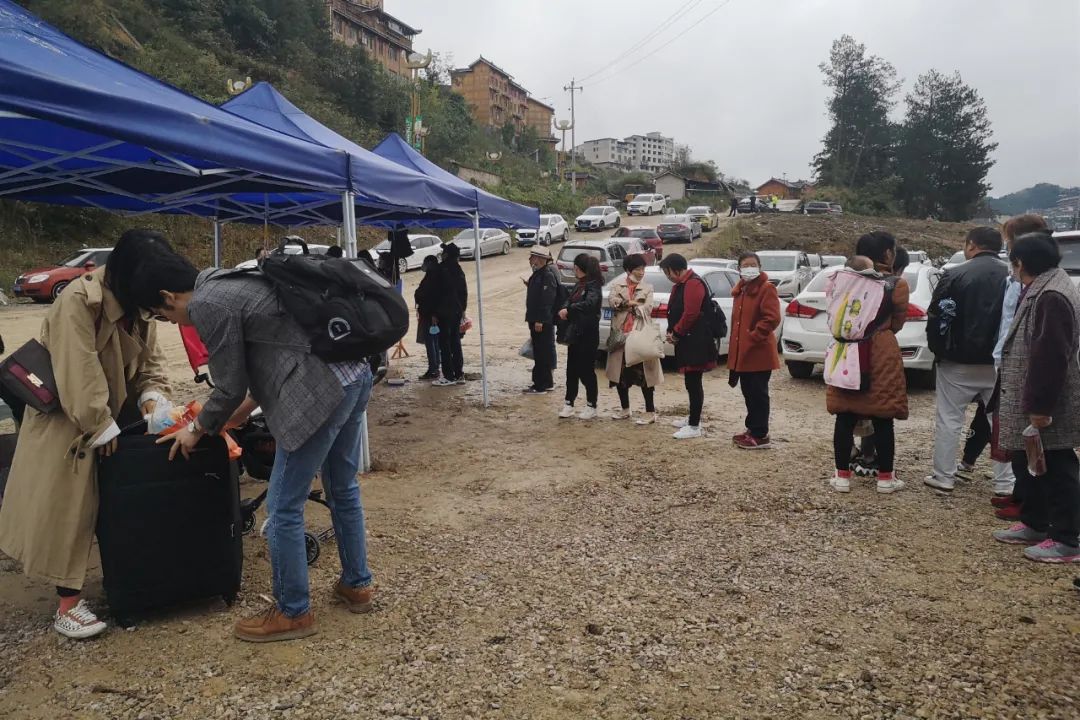
Temporary parking lot

After entering the scenic area gate, we waited for the second shuttle bus, and there was a third shuttle bus behind us...











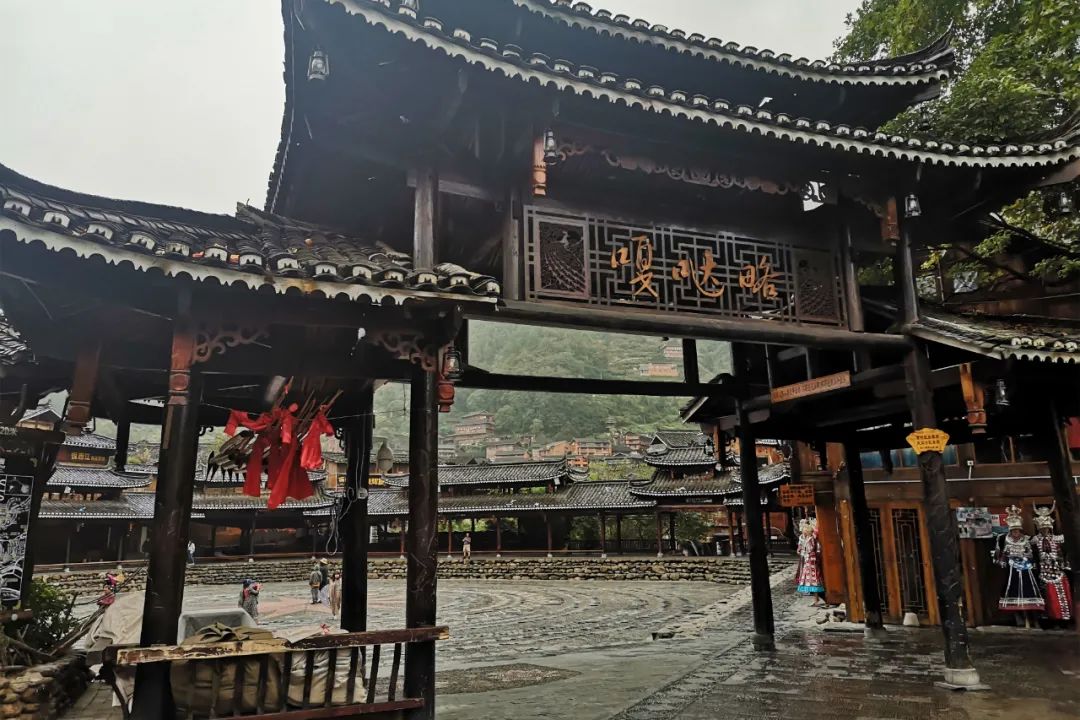









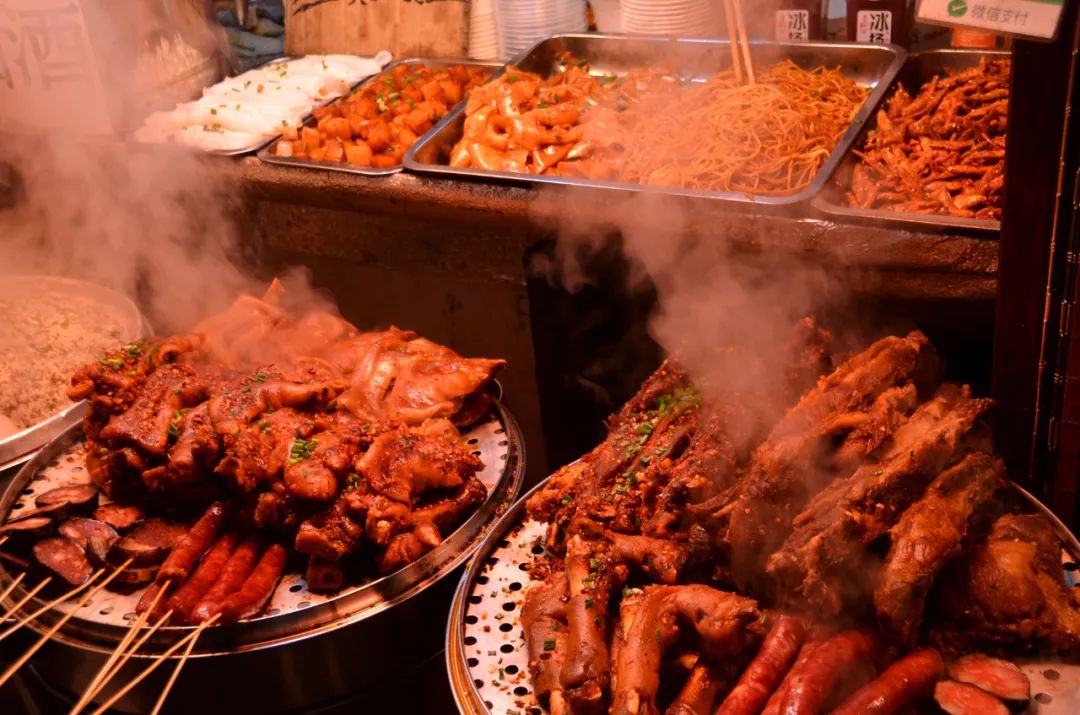

There was no tripod, so all the photos were blurry, so I could barely pick out one
I heard from the beginning that the night view of Xijiang Miao Village is mainly for viewing, but I don’t think this night view is very shocking. I think the day view is better than the night view.

Don’t think it’s romantic to eat and chat while sitting on the mountaintop observation deck, you’ll freeze to death.


The fish in sour soup doesn’t seem that delicious either.

Delang Shangzhai and Xijiang Miao Village both belong to Leishan County, Qiandongnan Miao and Dong Autonomous Prefecture, Guizhou Province. Xijiang Miao Village belongs to Xijiang Town, and Delang Shangzhai belongs to Delang Town. Although this Leishan County is also very poor, it is still much richer than the previous Congjiang County. Leishan County still spends some energy on developing tourism, because I got a brochure about Leishan tourism at the entrance of Xijiang Scenic Area. At first I thought: Thunder Mountain? What the hell kind of place? Want to trick me into spending money again? Later, I found out that Xijiang and Delang both belong to Leishan Mountain, and there are many scenic spots that I haven't heard of but look very good. I feel that they are worth visiting again.
After I came back, I checked Leishan County specifically and found an introduction from Leishan County itself:
The main tourist attractions in Leishan County include Langde Shangzhai, the hometown of Chinese folk art and a national key cultural relics protection unit, "Xijiang Qianhu Miao Village", the first Miao village in China, Zhang'ao Village, the birthplace of Tonggu, and Wudong, the most beautiful Miao village in China. , Xinqiao Village, a century-old floating granary, and a number of ethnic tourist villages, there are national nature reserves, national forest parks, Leigong Mountain, Xiangshuiyan Waterfall, Gaoyan Grand Canyon and other scenic spots, as well as Leigongping "Dianjiangtai" and Getou " Xiumei Camp” and other historical sites.
Delang Shangzhai is very small and there are not many tourists. I walked around the entire village in about an hour. It can be considered that I have figured out the routine of the Miao village. It has a mountain at its back, a river in front, and a bridge on the river. It is basically a village. The stockade is generally located deep in the valley and built according to the terrain. It is remote and deep, easy to defend and difficult to attack. I don’t know why I always think of the kind of bandits in TV dramas who dominate the mountain and go out to grab something every once in a while, and then return to the village to have a good time. Our driver guy kept saying that the people in the village are all descendants of bandits.






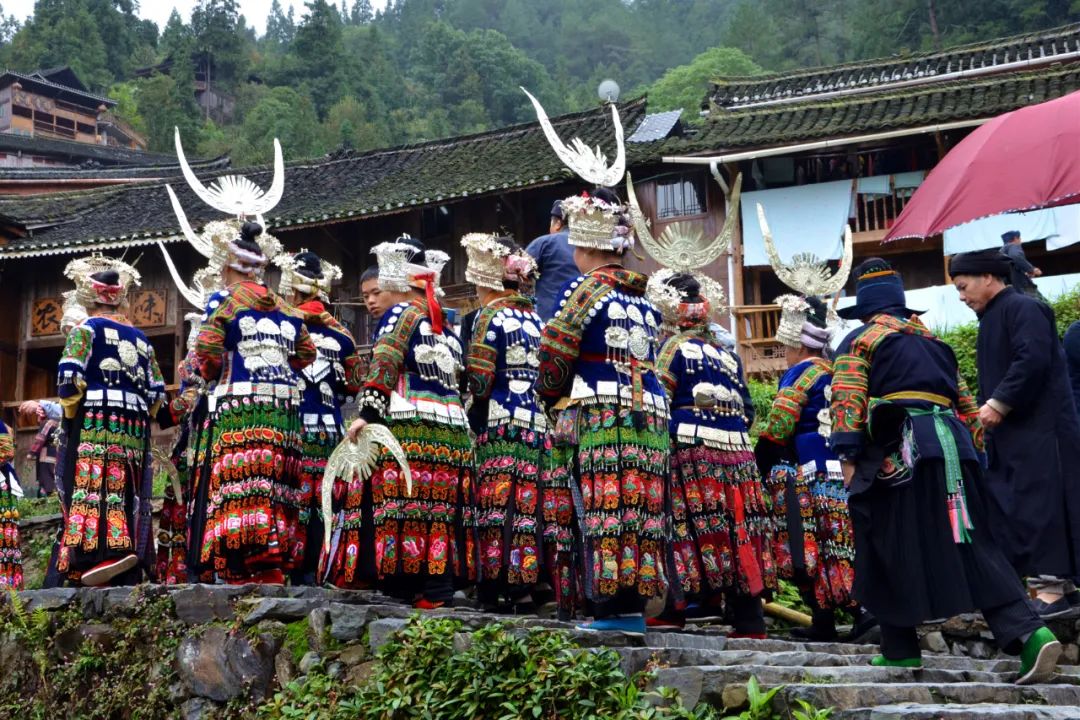
















Still not used to a fruit as big as a grapefruit hanging on a tree


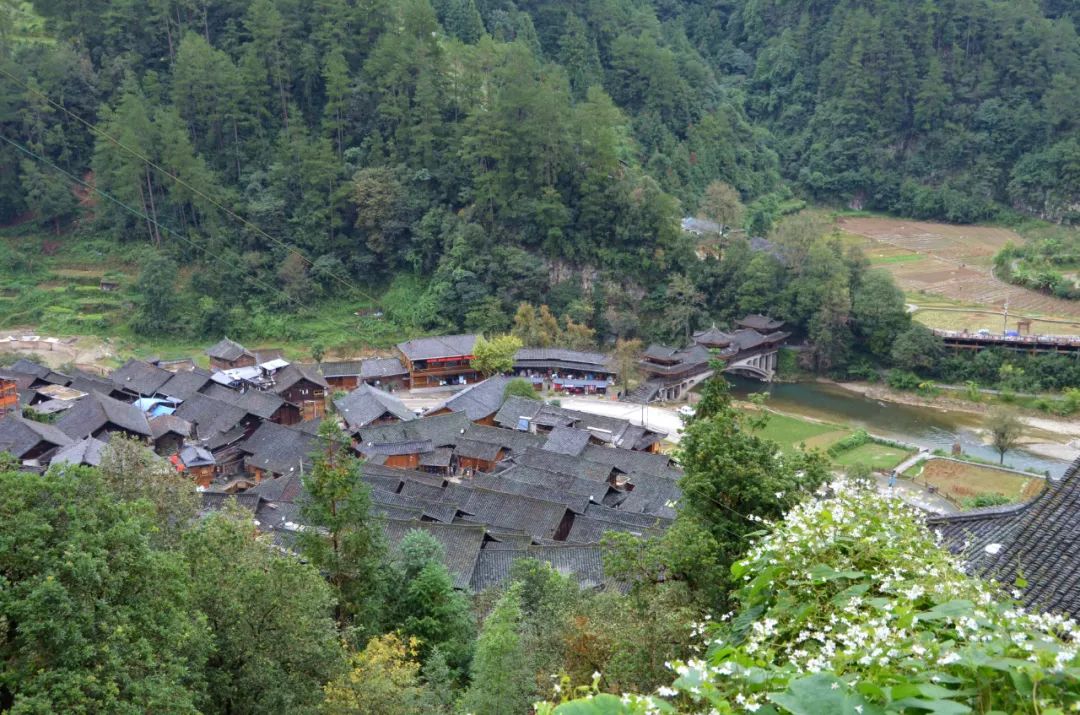







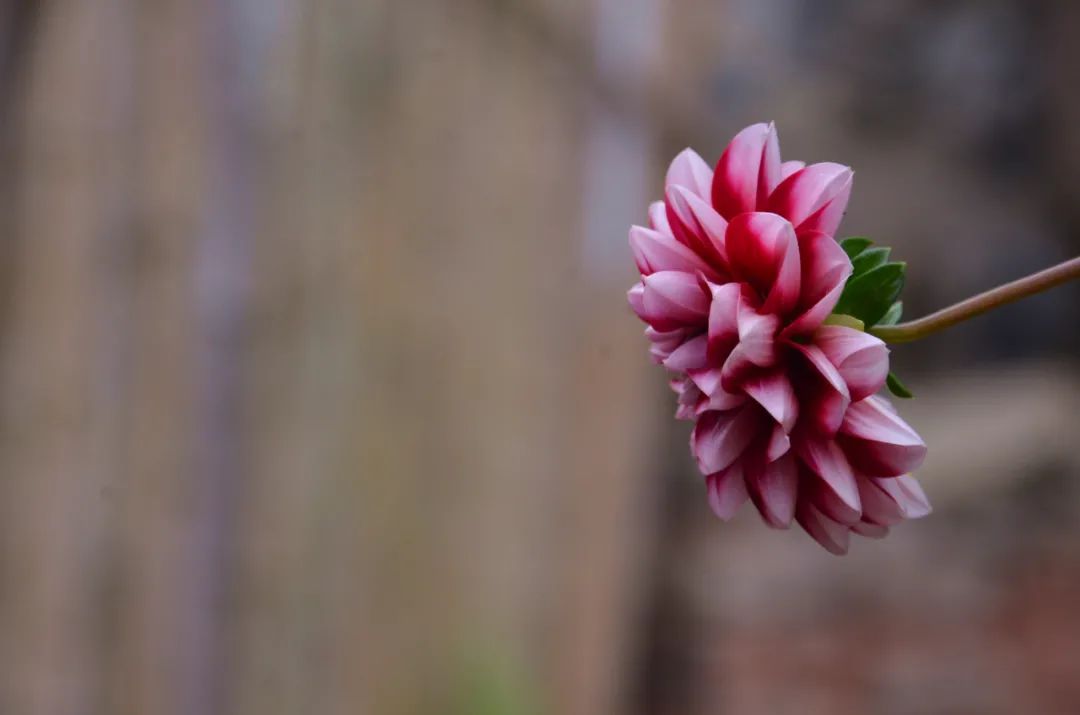





You can see the speed at which our party’s administrative orders are conveyed. I’m afraid no one dared to delay for even half a minute. On January 27, the epidemic prevention order reached a remote Miao village hundreds of miles away, and it was still a very marginal doorstep.

Who would have thought that the toilet in this remote village would be very clean and tidy, and even have toilet paper. I came out to take a look and found that there is a management system with really meticulous and thoughtful requirements. There are different requirements for cleaning staff and users. This village is really well-managed and worth learning from Xijiang.
